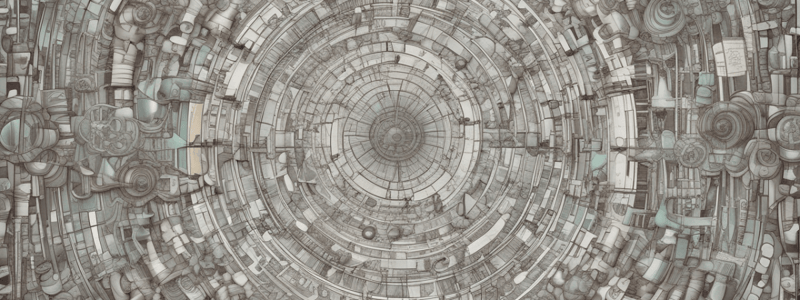Podcast
Questions and Answers
Match the following components with their respective transport method in the blood:
Match the following components with their respective transport method in the blood:
Oxygen in plasma = Dissolved in plasma Oxygen in hemoglobin = Transported via hemoglobin CO2 in bicarbonate = Transported in bicarbonate form CO2 in carbaminoHb = Bound to hemoglobin as carbaminoHb
Match the following percentages with the correct transport location for CO2:
Match the following percentages with the correct transport location for CO2:
60% = Bicarbonate 30% = CarbaminoHb 10% = Plasma 0% = Not a transport location for CO2
Match the following descriptions with the correct component in blood gas transport:
Match the following descriptions with the correct component in blood gas transport:
Primary carrier of oxygen = Hemoglobin Primary carrier of carbon dioxide = Bicarbonate Minor carrier of carbon dioxide = CarbaminoHb Fluid component of blood = Plasma
Match the following values with their corresponding gas transport mechanism:
Match the following values with their corresponding gas transport mechanism:
Match the following blood gas transport components with their respective proportions:
Match the following blood gas transport components with their respective proportions:
Match the following gases with their diffusion characteristics in the respiratory zone:
Match the following gases with their diffusion characteristics in the respiratory zone:
Match the following statements with their correct descriptions in the respiratory zone:
Match the following statements with their correct descriptions in the respiratory zone:
Match the following comparisons with the correct gas characteristics in the respiratory zone:
Match the following comparisons with the correct gas characteristics in the respiratory zone:
Match the following terms with their roles in the respiratory zone:
Match the following terms with their roles in the respiratory zone:
Match the following gases with their behavior in the respiratory zone:
Match the following gases with their behavior in the respiratory zone:
Match the following terms with their descriptions:
Match the following terms with their descriptions:
Match the following statements with the correct interpretation:
Match the following statements with the correct interpretation:
Match the following scenarios with the appropriate terms:
Match the following scenarios with the appropriate terms:
Match the following concepts with their corresponding actions:
Match the following concepts with their corresponding actions:
Match the following relationships correctly:
Match the following relationships correctly:
Match the following concepts with their descriptions:
Match the following concepts with their descriptions:
Match the following relationships with the correct interpretation:
Match the following relationships with the correct interpretation:
Match the following values with their respective descriptions:
Match the following values with their respective descriptions:
Match the following statements with their correct implications:
Match the following statements with their correct implications:
Match the following blood pressures with the corresponding circulatory system:
Match the following blood pressures with the corresponding circulatory system:
Match the following blood pressures with their respective values observed in the circulatory system:
Match the following blood pressures with their respective values observed in the circulatory system:
Match the following blood pressure ranges with their corresponding circulatory system:
Match the following blood pressure ranges with their corresponding circulatory system:
Match the following blood pressures with the pressure measurement scenario described:
Match the following blood pressures with the pressure measurement scenario described:
Match the following blood pressures with their corresponding values in mmHg:
Match the following blood pressures with their corresponding values in mmHg:
Flashcards are hidden until you start studying




